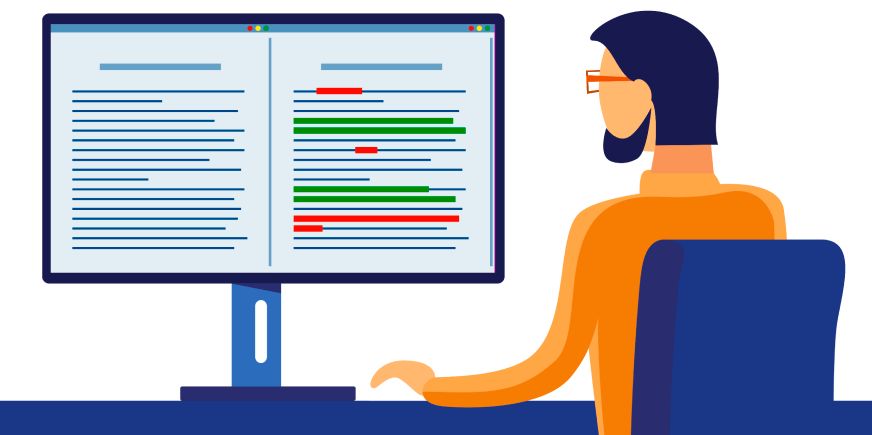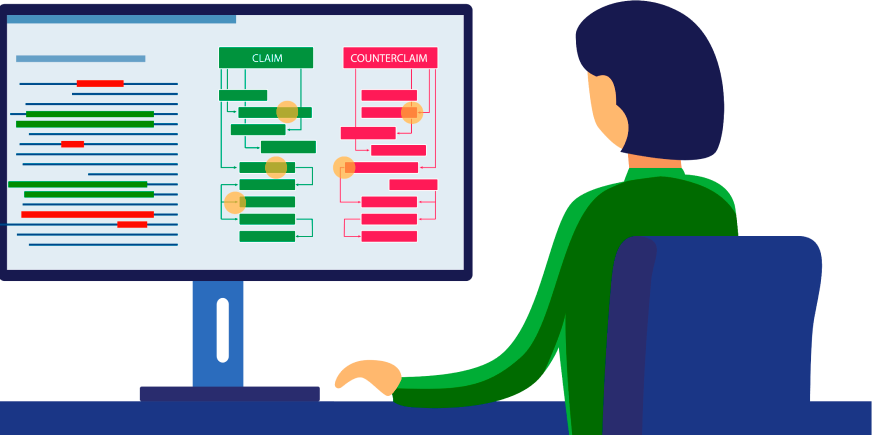
icomplâi is a revolutionary AI based technology for efficient privacy law compliance checking, it:
- Save time and money by automating time consuming and repetitive processes
- Increase the trust in your services by using proven mathematical tools
- Generate a certificate of correctness explaining result and containing arguments
- Find compliance issues in legal documents and business processes
- Analyze thousands of cases against legislation and policies in seconds















